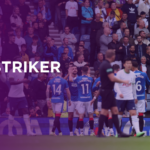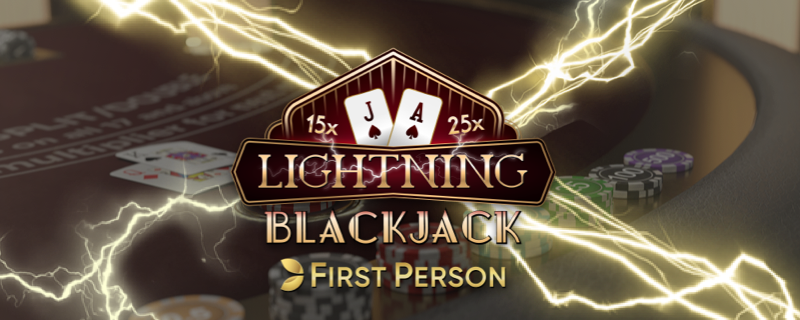Finding Back-To-Lay And Lay-To-Back Opportunities: The biggest advantage of a betting exchange like BETDAQ is the ability to lock in a profit on every outcome before an event has even started. You can do this with two methods; backing to lay and laying to back.
Backing to lay is when you back a horse at 5.0 and lay off at 4.2 locking in a profit, and laying to back is the exactly same except the prices move in the opposite direction. You lay 4.2 and back at 5.0 to lock in a profit. The process can be repeated over and over as long as the market is live resulting in a brilliant green book if you can call the right moves.
So, what are the things to look for when finding the best back-to-lay and lay-to-back opportunities?
The Back-To-Lay And Lay-To-Back Checklist:
To be successful when trading you need market movement. Before you can even call the right moves, there has to be movement. Horse racing is one of the best sports because there’s always plenty of market movement right throughout the day from morning movers to late drifters and steamers before the off.
What are the main causes of betting movement? Well, money! That’s obvious. But you won’t always have inside information or know exactly what is going to be backed, so we need more reliable market indicators that we can find ourselves without inside information.
These are some obvious places to start:
• Betting volume
• Horses running style
• Linked events
Let’s break those down individually to find the best back-to-lay and lay-to-back situations.
Betting Volume
Volume is a big indictor in the market as to which way the odds are going to move. Betting volume will show the interest in that particular horse and if the interest is very high, it’s likely to decrease in price. The logic is simple – more people are trying to back the horse than lay it at the current odds.
In the morning, if you see a 13.0 shot with more money matched on it than say the second favourite then that shows that there is a lot of interest in that outsider. It’s a sign that this horse is one for your shortlist later because as the day goes on the odds can decrease and that can be a good back-to-lay.
As we come closer to the off, volume will obviously increase on all the runners. However, the logic doesn’t change. We are looking for horses with a higher volume matched than others relative to the market and their price. If you see a favourite with very low volume, that’s a sign that there are very little backers of this horse and that could be a good lay-to-back opportunity.
Horses Running Style
This is for backing-to-lay and laying-to-back in-running. When studying form, approach the race as if you are not looking for the winner but you are looking for which way the horses will run.
For example, if you have a front runner and the race doesn’t have any other front runners; it’s likely that front runner will get an easy lead and is therefore a good back-to-lay. If you have a horse that likes to be held up and very likely to hit a flat spot in-running, then that horse would present as a good lay-to-back. A classic example would be, as good as Big Bucks and Altior were, they were good lay-to-back opportunities because they traded bigger in-running more often than not.
Finding good front running back-to-lay’s is a very popular tactic in the markets, but remember when looking at the race to forget about “finding the winner” it’s all about what moves the market will make and how you can profit from that.
Linked Events
Linked events are rare but they can produce some very, very good trading opportunities. A linked event is one where one outcome makes the odds move on another outcome. Imagine Frankie Dettori has already won three races, when he hits the front in the fourth race – you look have people backing his ride in the fifth race because they know the price will crash when he’s confirmed the winner of that fourth race.
The same can happen in football in the likes of the World Cup and Euros – other results might mean teams only need a draw heading into the last round of fixtures and the prices will adjust. Catching a linked event move is a case of fastest fingers first in the market, but next time a jockey rides a treble on the first three races, check out the graph on the fourth race to see just how much the price moves!







